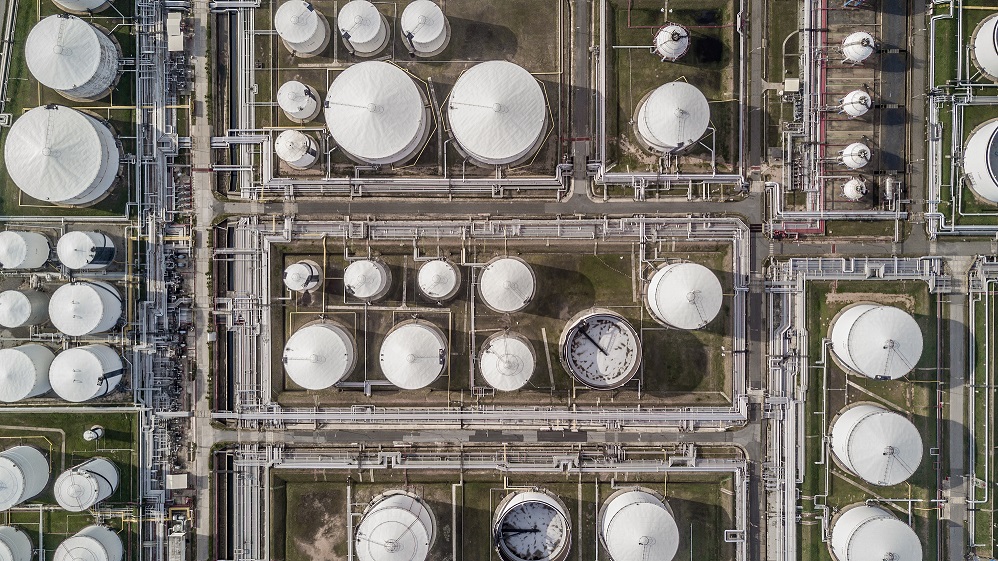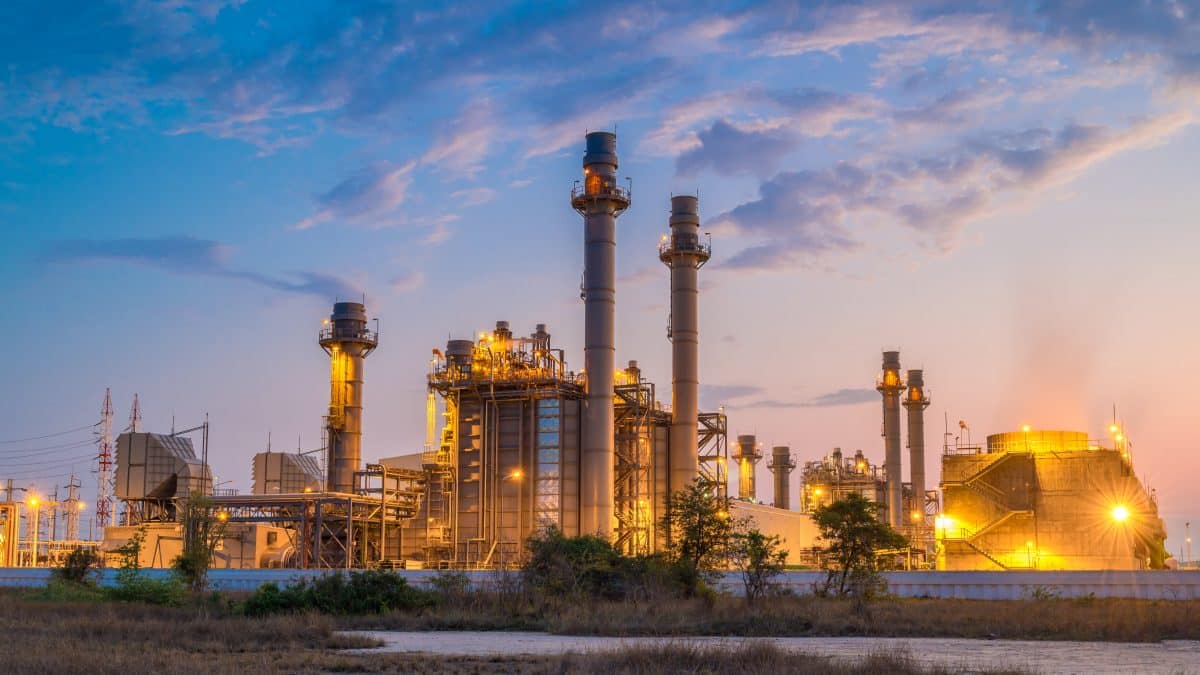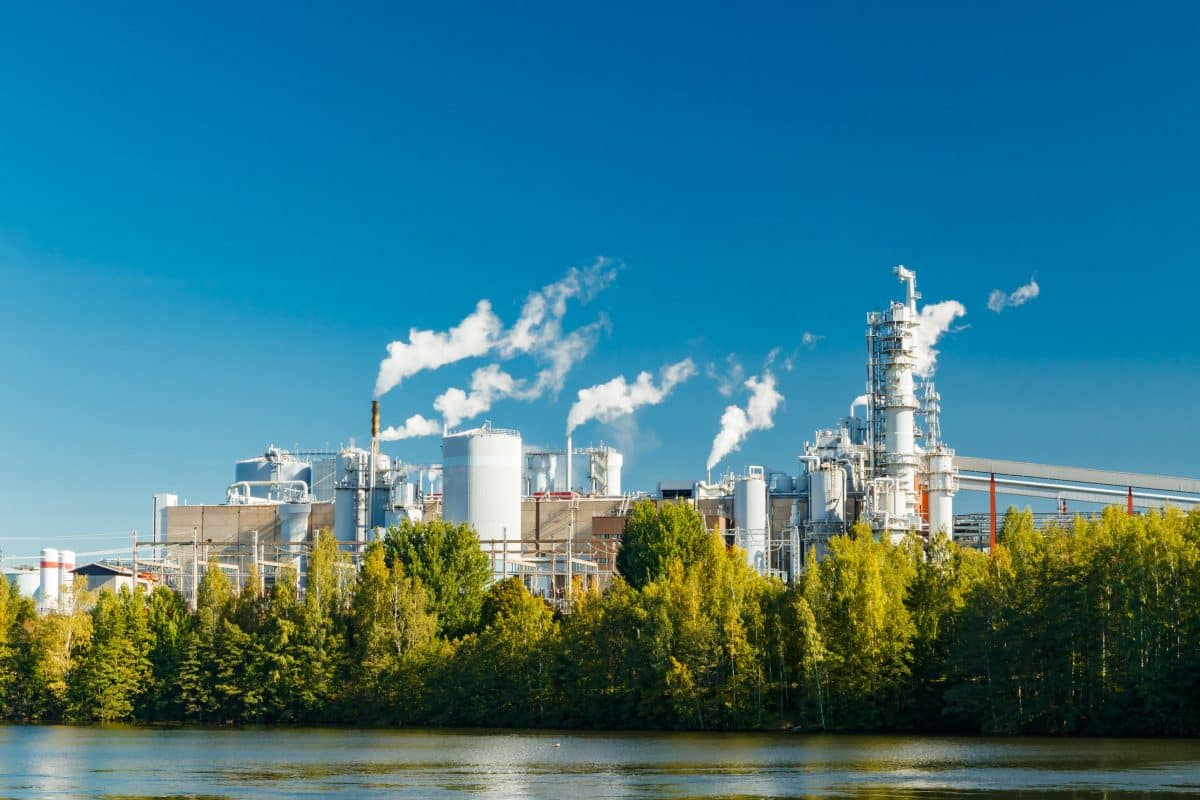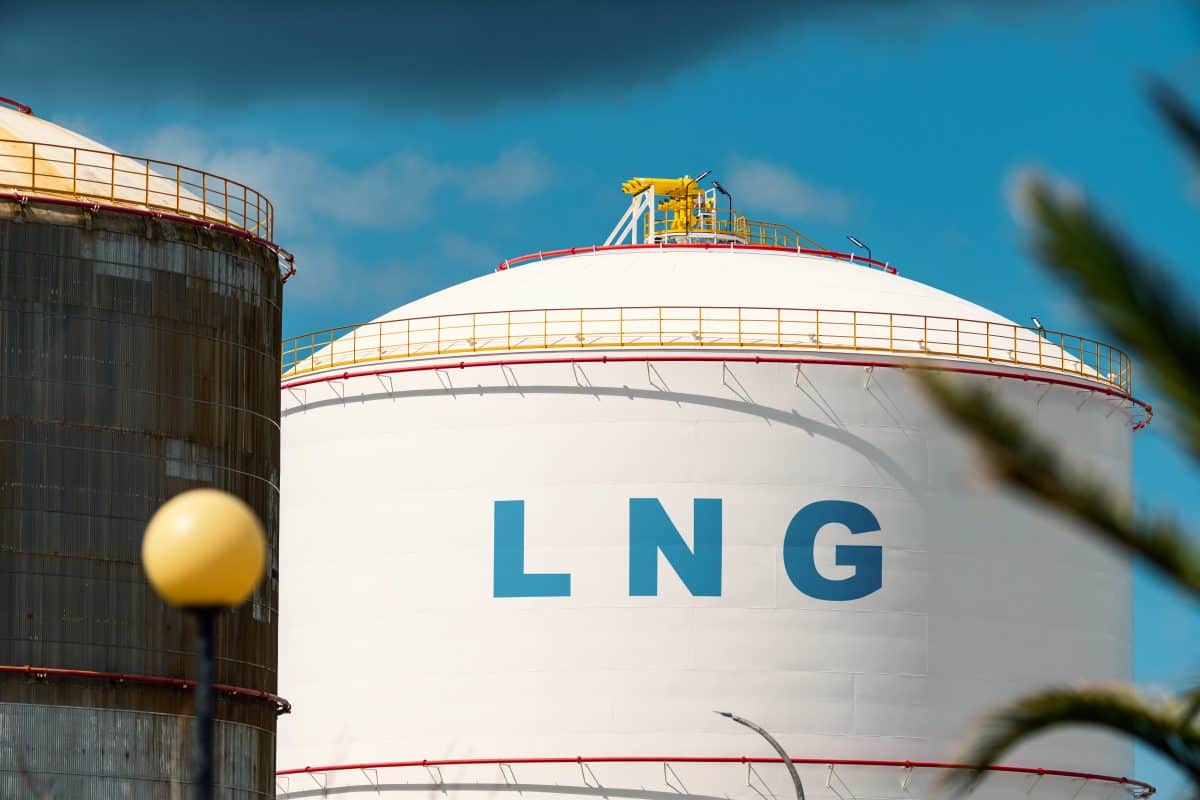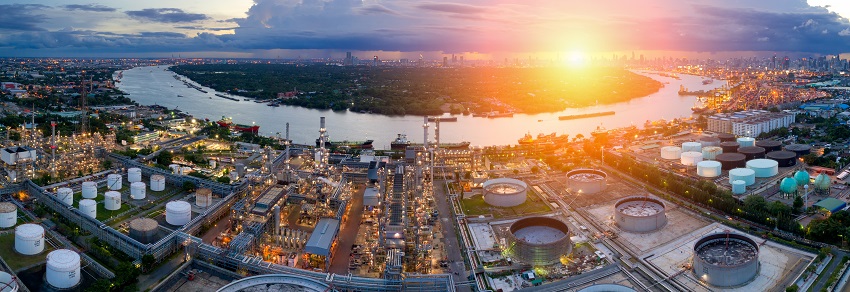That would require an improvement in global growth, as well as a change in Chinese domestic conditions. Neither will happen any time soon.
Amid the doom and gloom of a crude oil market that looks like it may end this tumultuous year with prices below where it started, there’s been one glimmer of hope: China.
The country consumes roughly one in six barrels of oil in the world, and for most of this year has been stumbling from lockdown to lockdown as it attempted to uphold Covid Zero.
Now that policy has been unceremoniously junked, we’ll surely see an immediate demand surge comparable to what happened when the rest of the world reopened in 2021, sending energy markets into overdrive.
Up to a point. But assuming a direct correlation with other countries risks misreading the crucial ways in which China’s oil consumption is different.
For one thing, transport simply isn’t as dominant as it is elsewhere. Gasoline, diesel and jet kerosene use up 72% of the oil barrel in the US and 68% in the European Union.
In China, it’s just 54%. Petrochemicals, broadly defined to include everything that’s not a liquid fuel, account for another quarter of the barrel in the US and Europe. In China, it’s 42%. 1
That should put a dampener on the notion that 2022 has been a bust year for China’s oil demand. Gasoline and jet fuel output, as one might expect from the lockdowns, has been in the doldrums: 146 million metric tons were consumed in the 10 months through October, down 17 million tons on 2021.
Other products, however, have been booming, in line with the surging value of export trade. When foreign countries buy more Chinese imports, that tends to be bullish for the plastic feedstocks that go into making them, as well as the diesel that’s used to transport goods from factory to port, to fire up generators at industrial plants, and to help power the ships carrying products to foreign harbors.
In the same 10 months, output of the feedstocks of LPG, naphtha and ethylene was 112 million tons, up 9.1 million tons on the previous high.
Diesel consumption was 153 million tons, up a whopping 23 million tons (possibly due to some change in how China’s statisticians define diesel).
In fact, the only factor that’s prevented China’s crude oil consumption from hitting a fresh record this year has been a precipitous collapse in asphalt production. Output through October fell 16 million tons from a year earlier, a drop of nearly a third that subtracted more from total demand than any other single product.
That parallels the bust in the country’s real estate sector: bitumen is mainly used for surfacing the roads that connect new property developments to towns, as well building materials such as roofing.
Oil demand is always a more complex story than a direct relationship between driving behavior and crude consumption, but in China that’s more the case than in any other large economy.
Petrochemicals are not just a huge share of the barrel, but a sector unusually exposed to exports, and thus the state of demand beyond China itself.
Even diesel, the largest slice of the barrel, is less transport-exposed than in other countries, thanks to its role providing feedstock to chemical plants and powering on-site generators in the vast construction sector.
That’s reason to think even a rapid removal of Covid-Zero restrictions now won’t be sufficient to cause a sudden rebound in demand early next year. This would require an improvement in global growth, as well as a change in Chinese domestic conditions.
Don’t hold your breath. The US Federal Reserve is still pushing interest rates higher to stamp out lingering signs of inflation, and the World Trade Organization is forecasting a sharp slowdown in trade next year, with volumes forecast to rise just 1% compared to 3.5% this year.
This is consistent with where major forecasters see things. The Organization of Petroleum Exporting Countries expects oil demand to continue falling by about 55,000 barrels a day in the first quarter of 2023, before starting to climb through the rest of the year as travel resumes alongside resilient feedstock demand.
The International Energy Agency reckons consumption will run at relatively subdued levels comparable to 2019 until the middle of the year, when it should finally overtake its 2019 highs.
It’s a sign China’s long period as a driver of oil growth is near its end. Apparent domestic oil demand hasn’t appreciably expanded since hitting a plateau in early 2021.
Most of the rise in consumption we’ve seen this year went into exports of products from the country’s refineries and factories. India, which consumes about one barrel for every three used in China, is often these days a more important contributor to marginal demand.
A nation that’s long seen its addiction to foreign crude as a national security risk may be on the brink of kicking the habit.
By The Business Standard, December 28, 2022



